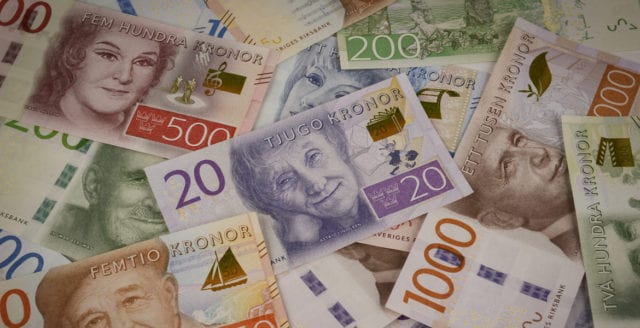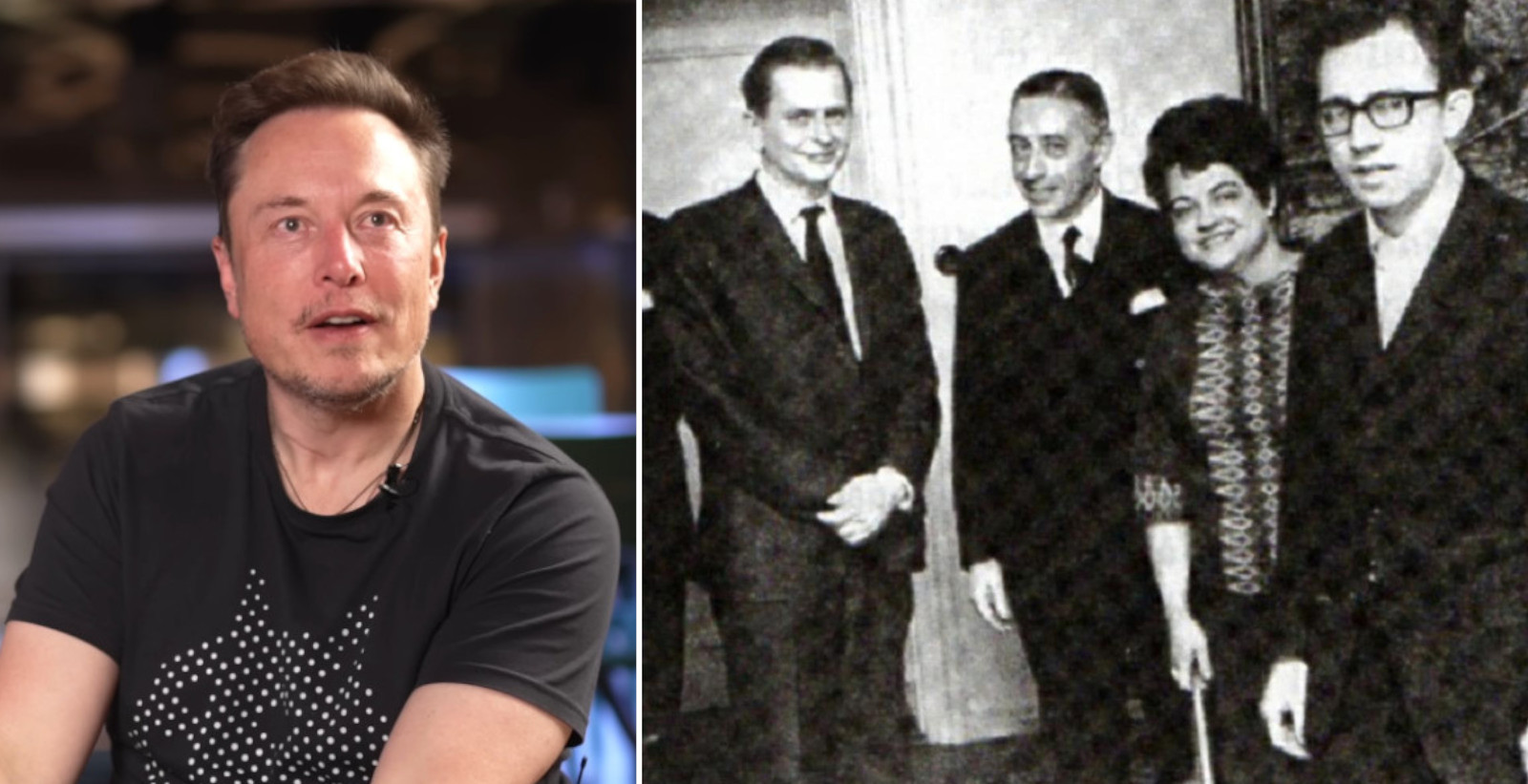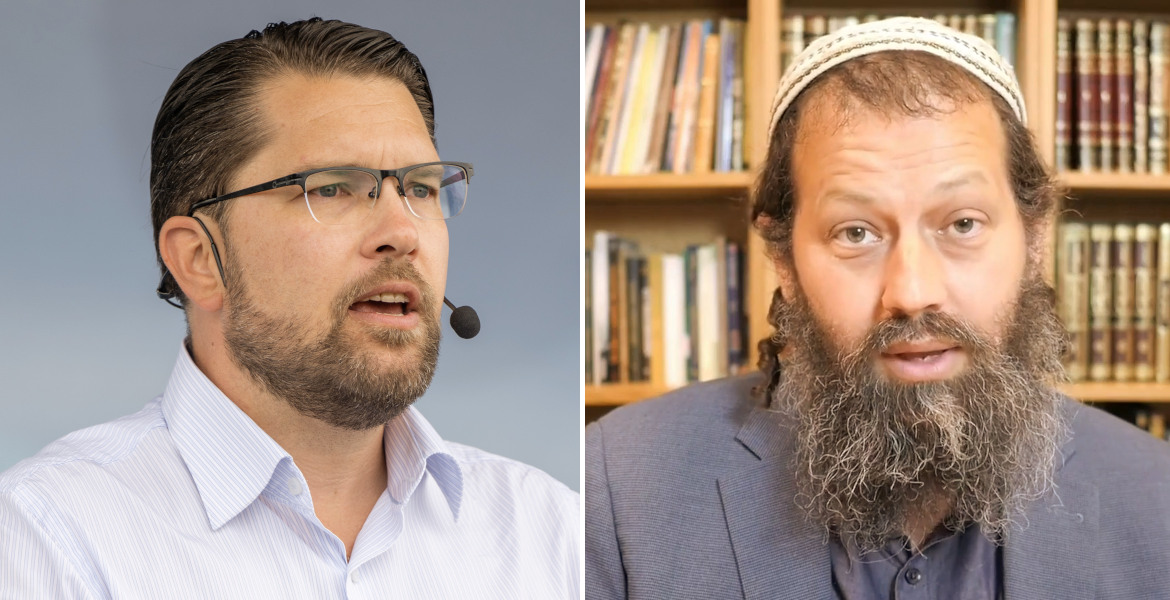In recent years, the price of many products in Sweden has risen dramatically - some foods have become 40-50% more expensive in a short period of time. Drug prices, on the other hand, do not seem to have been significantly affected by inflation, gang wars and crises, but are largely at the same level as before the covid crisis.
– [Drug] prices have not changed despite the pandemic and the wiretapped conversations that led to large seizures and several long prison sentences. In addition, we have an economic development with runaway inflation and a record low krona exchange rate in 2023, notes Ulf Guttormsson, a researcher at the Central Association for Alcohol and Drug Education, CAN, in Accent magazine.
He conducts annual surveys of estimated drug prices and uses police reports from all over Sweden to get a picture of what drugs cost on the street.
– We have had an extraordinary level of violence in the drug market in recent years. That should also lead to rising prices, but we don't see much difference since 2019, he points out.
Amphetamines, for example, now cost only 25% of what they did 35 years ago - and apart from some prescription drugs like benzodiazepines and tramadol, most drugs have become cheaper when adjusted for inflation.
– It is possible that world market prices have not risen as much. Another explanation could be that networks have made trade more efficient, with fewer middlemen or better money laundering. Or they may be accepting lower profits in the short term in the hope that things will get better in the long term, Guttormsson speculates.
Same 'quality' as before
Nor is there any deterioration in the "quality" and purity of the drugs - neither cannabis, cocaine nor amphetamines are more widely available than before - indicating that there is a lot of illegal drugs in circulation.
Despite the low prices, there is no evidence that Swedes are using more drugs today than a few years ago - instead, levels seem to be relatively stable over time.
– It is not necessarily only price and availability that influence use, but there may also be other forces that influence people's willingness to use drugs, such as health reasons or personal perceptions of drugs.





